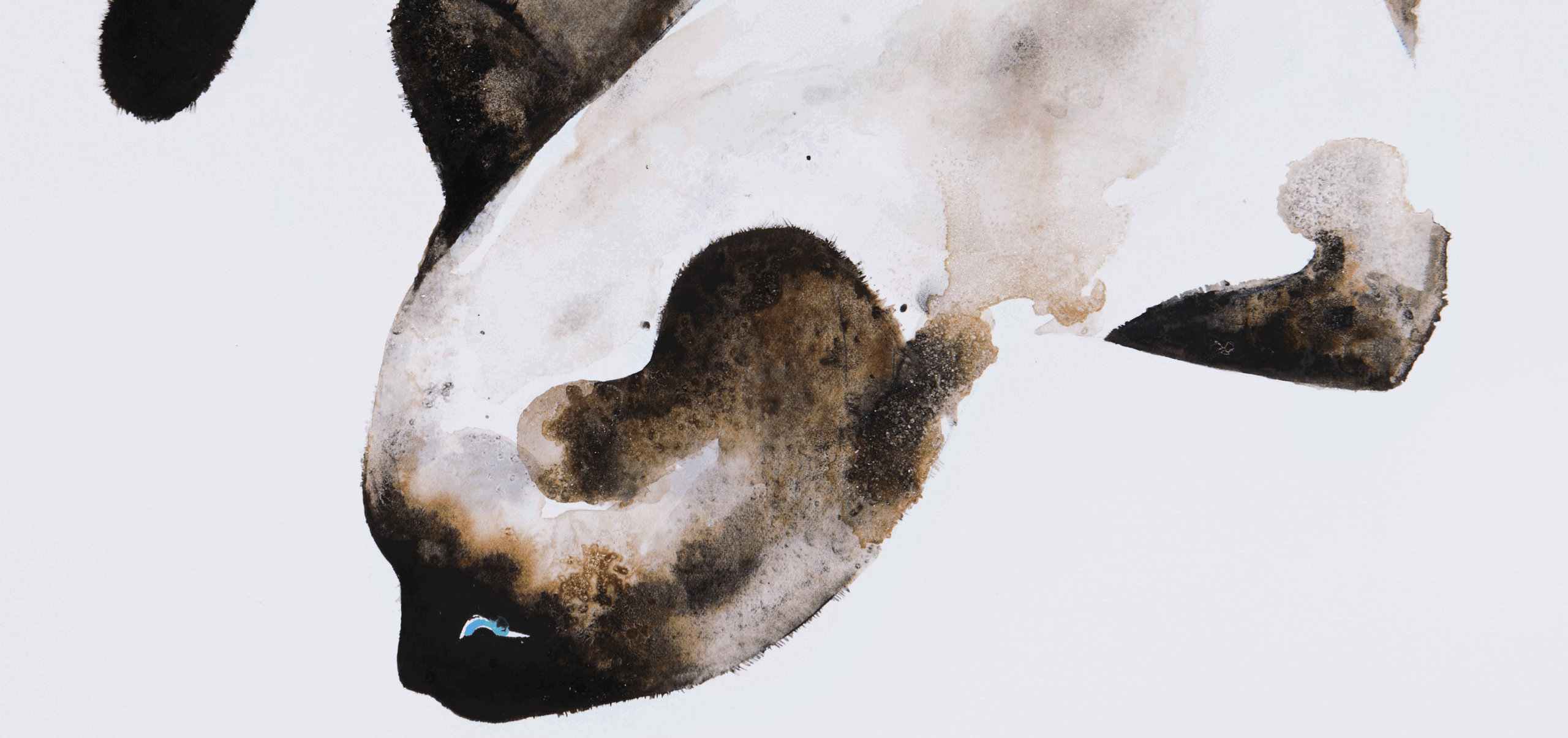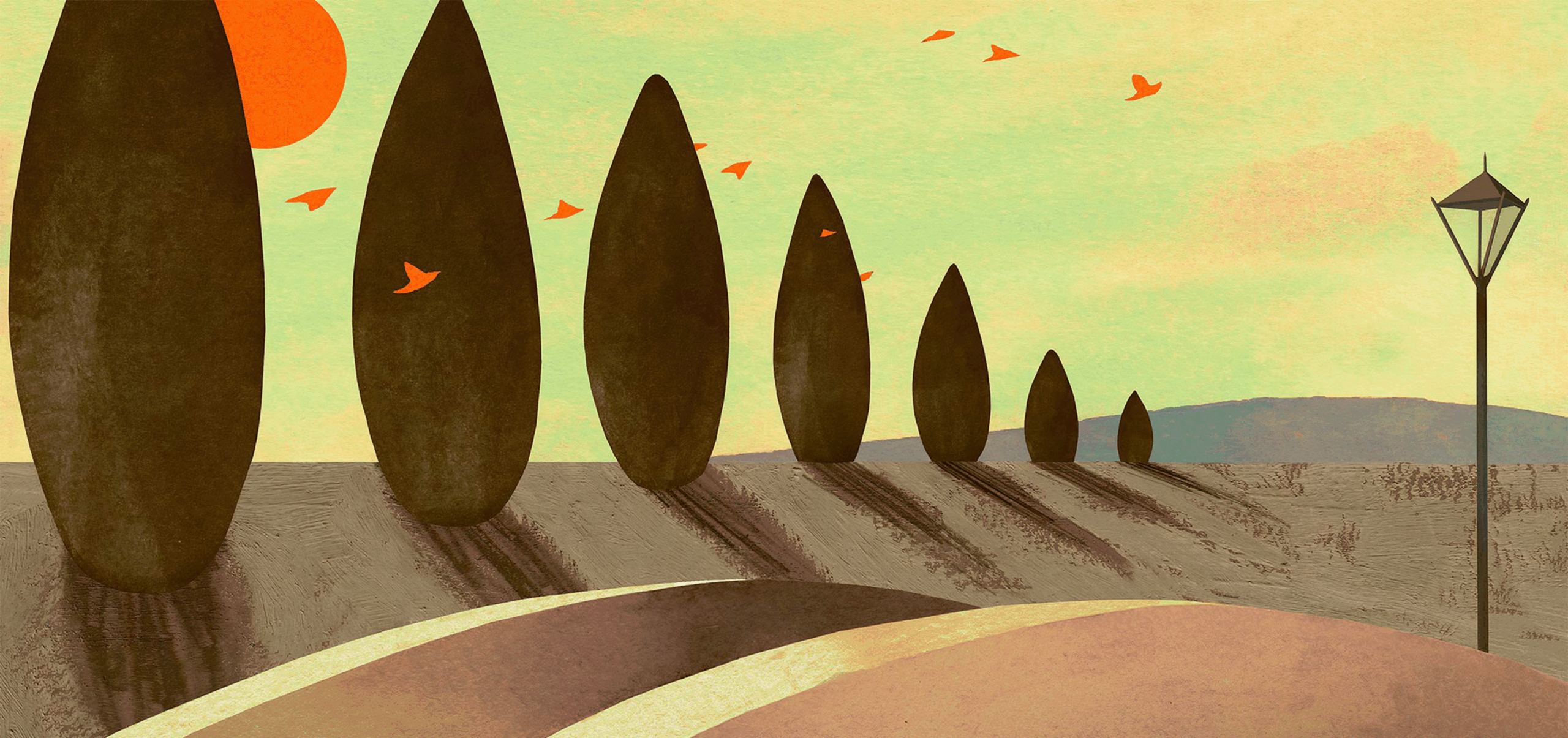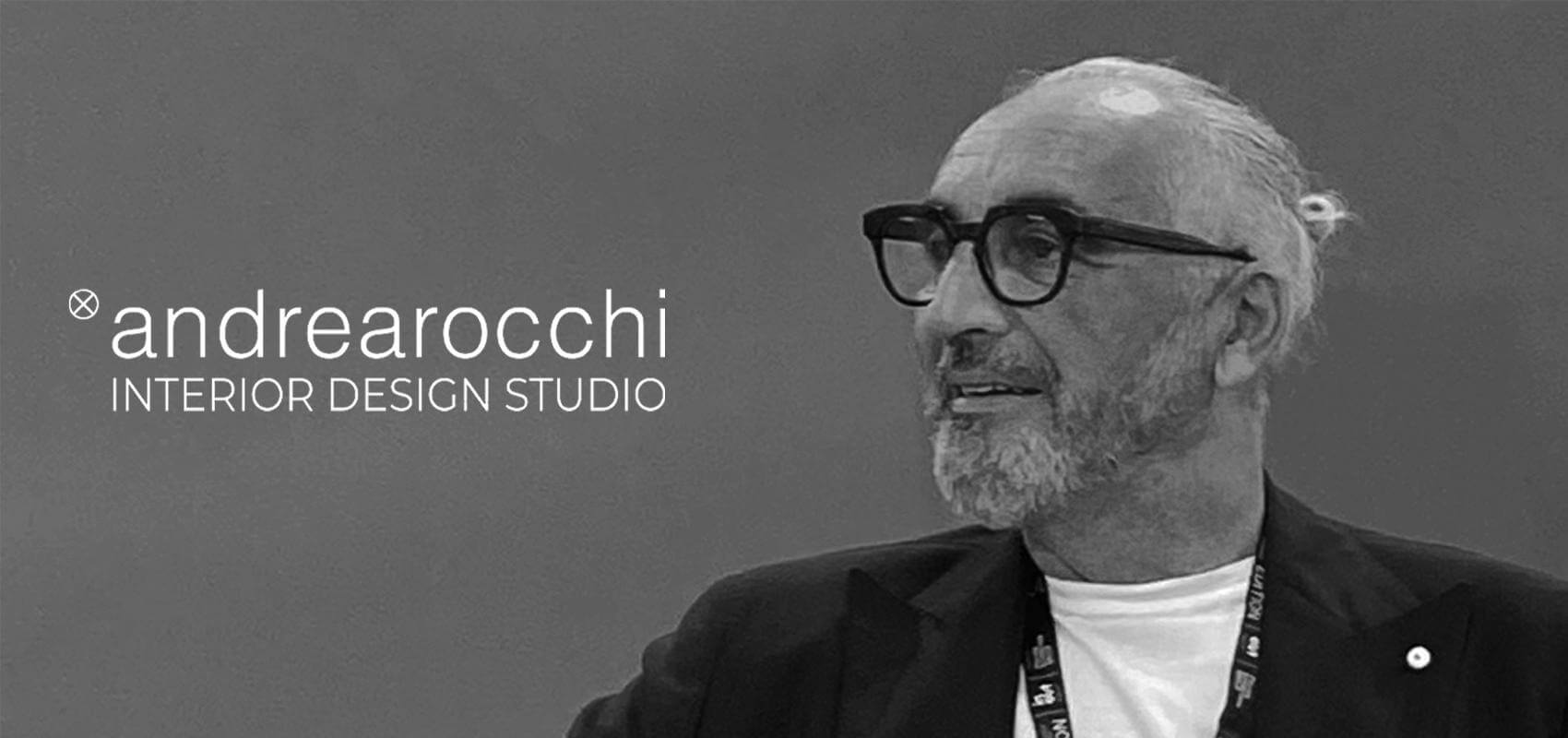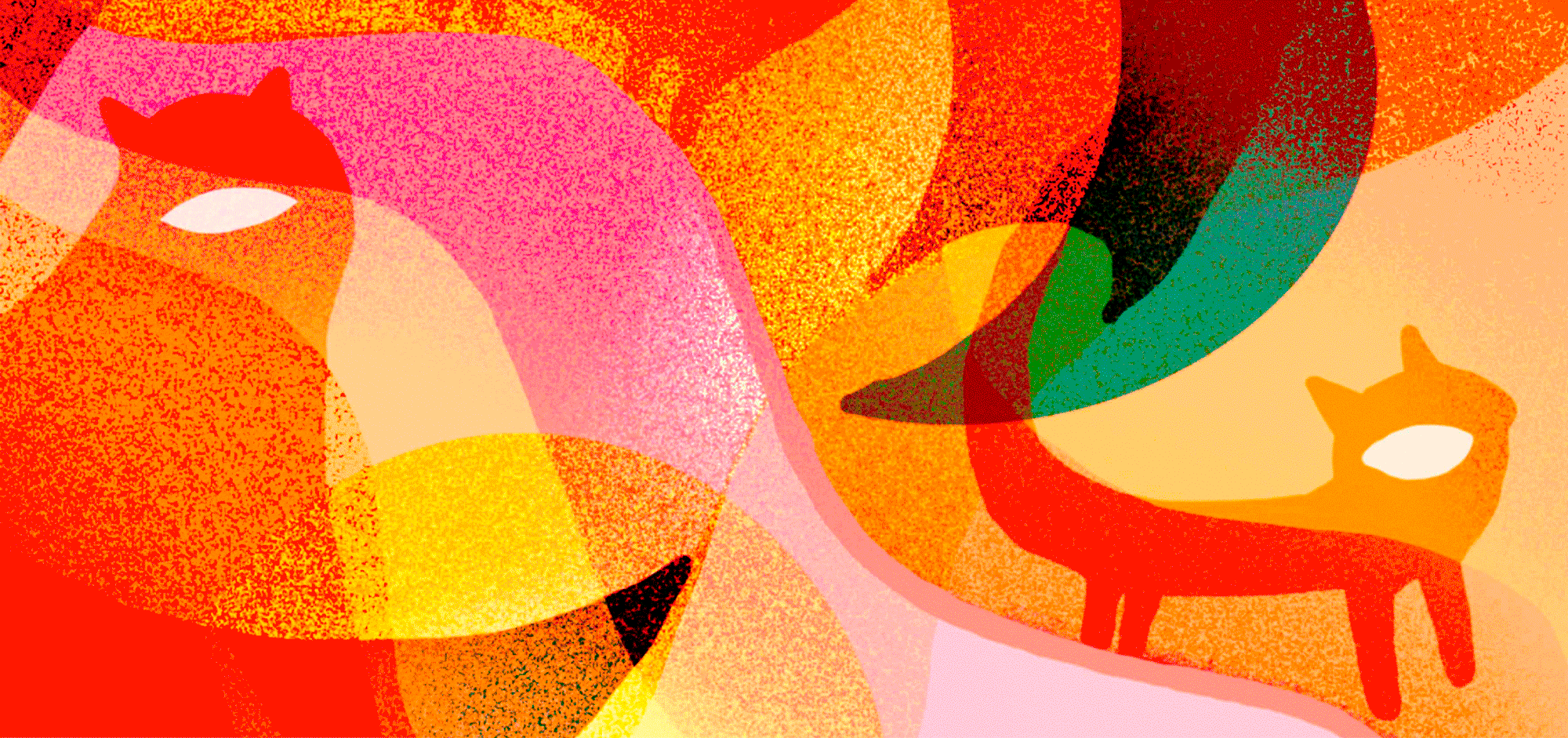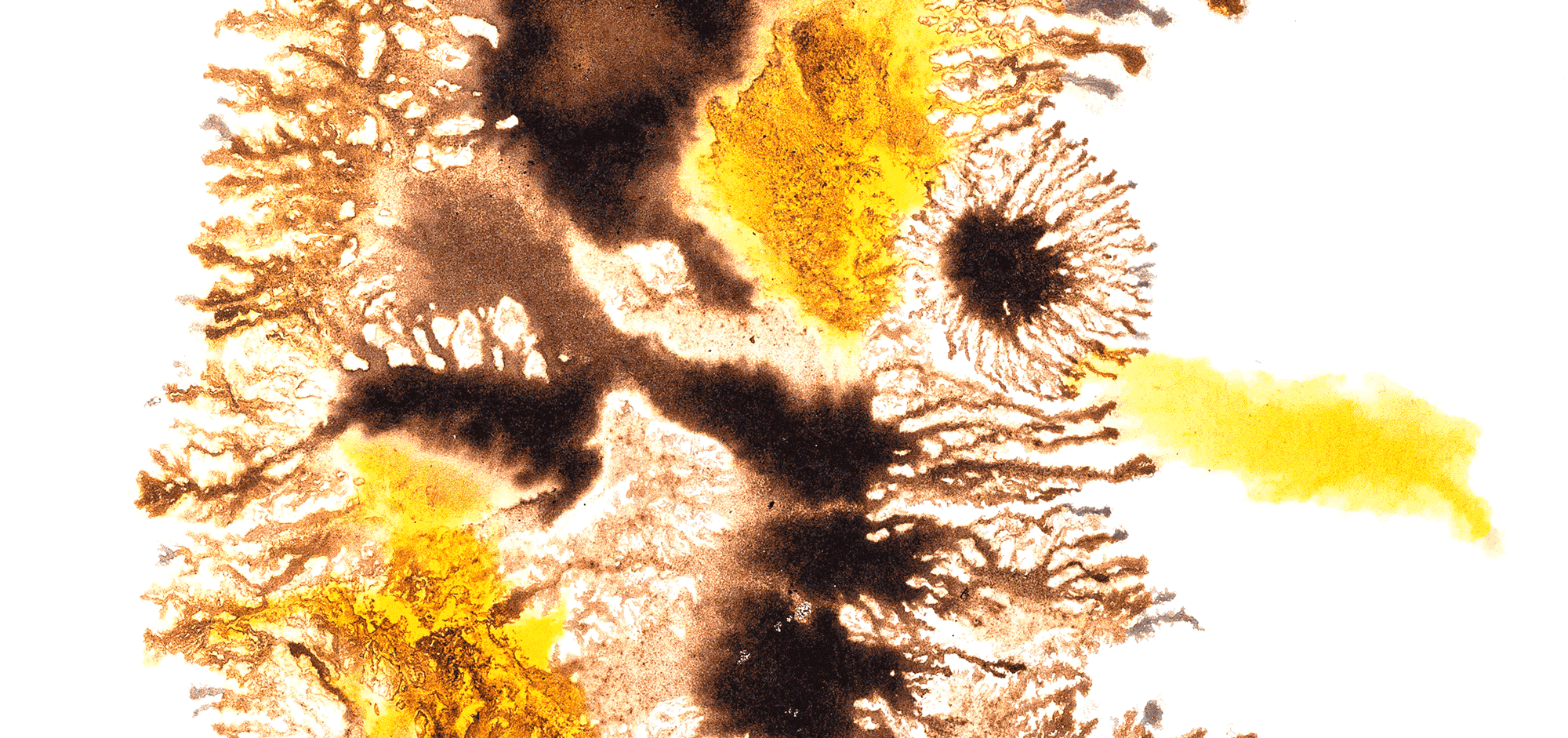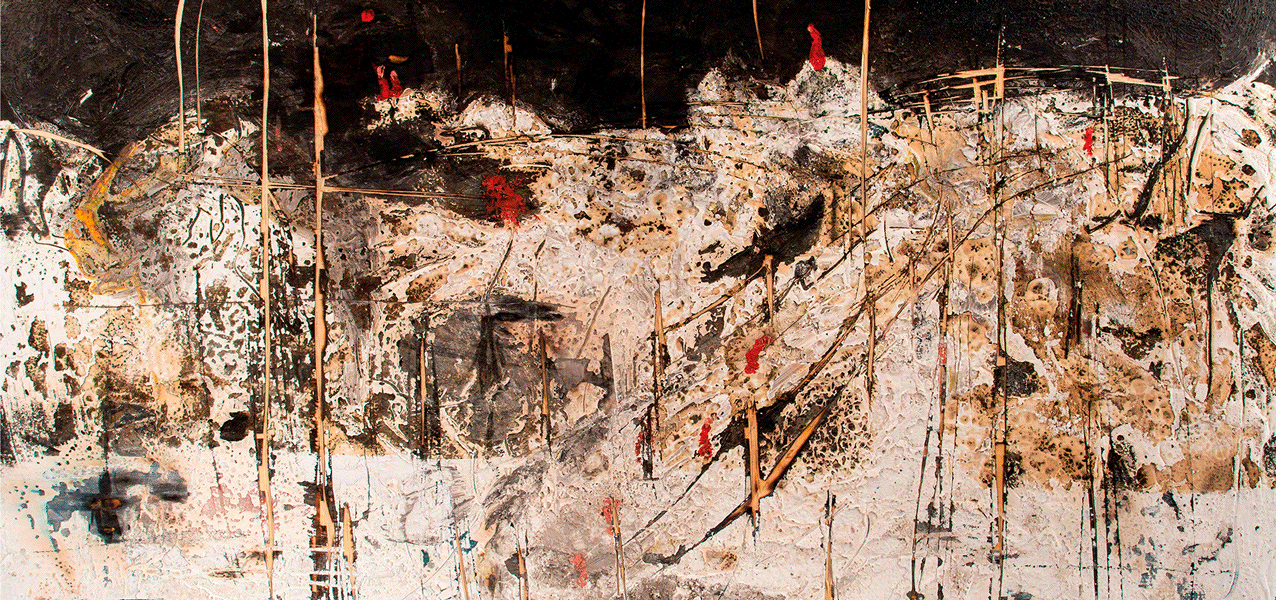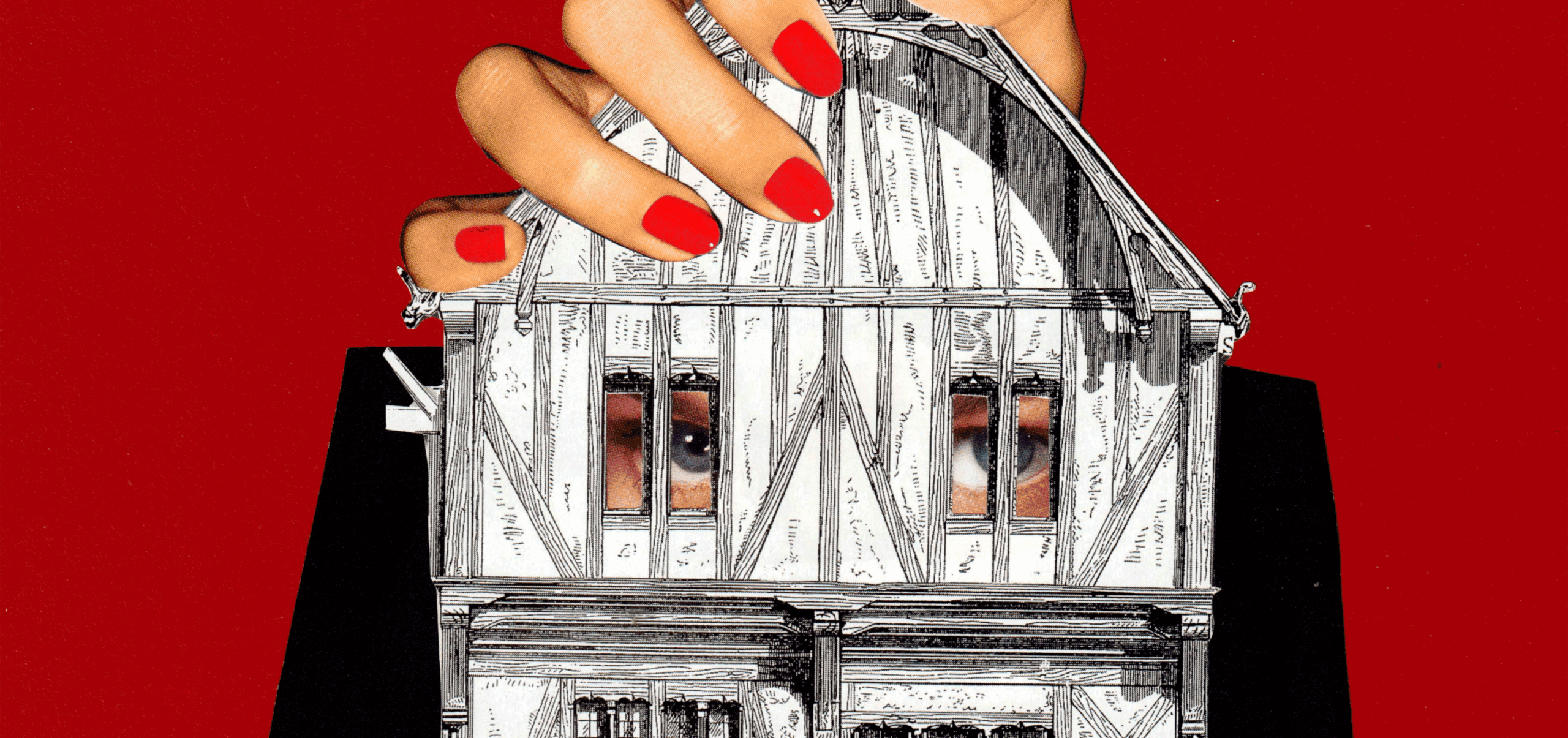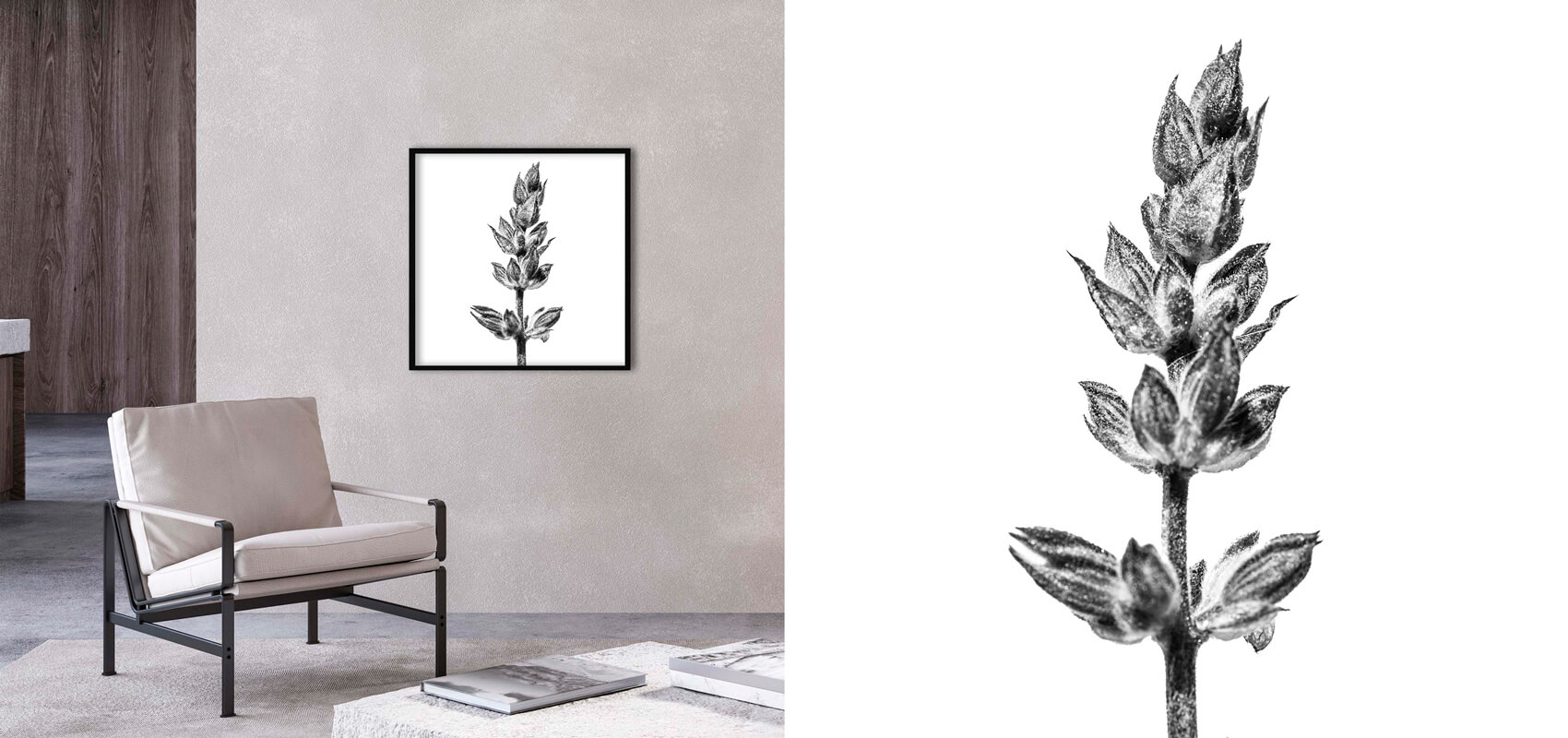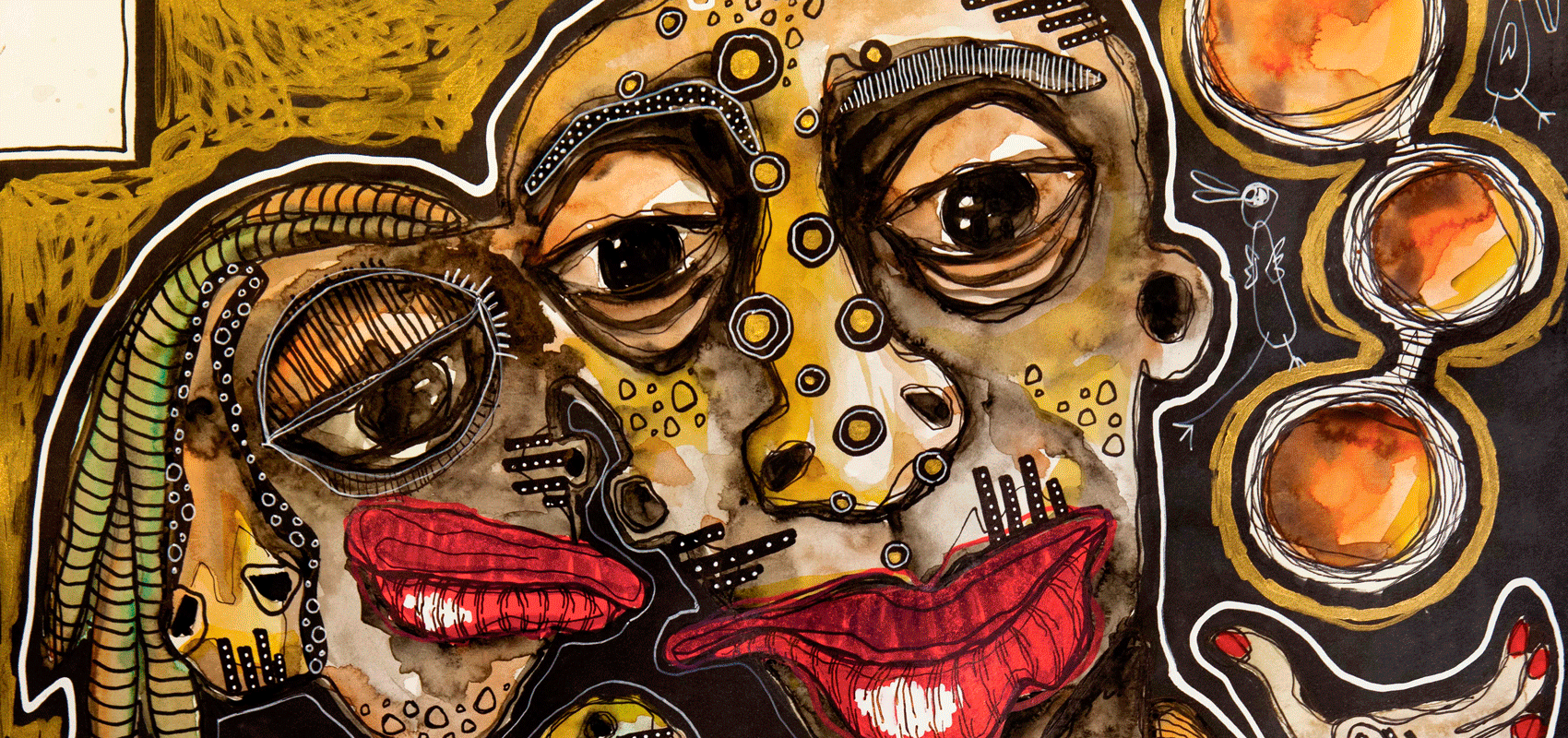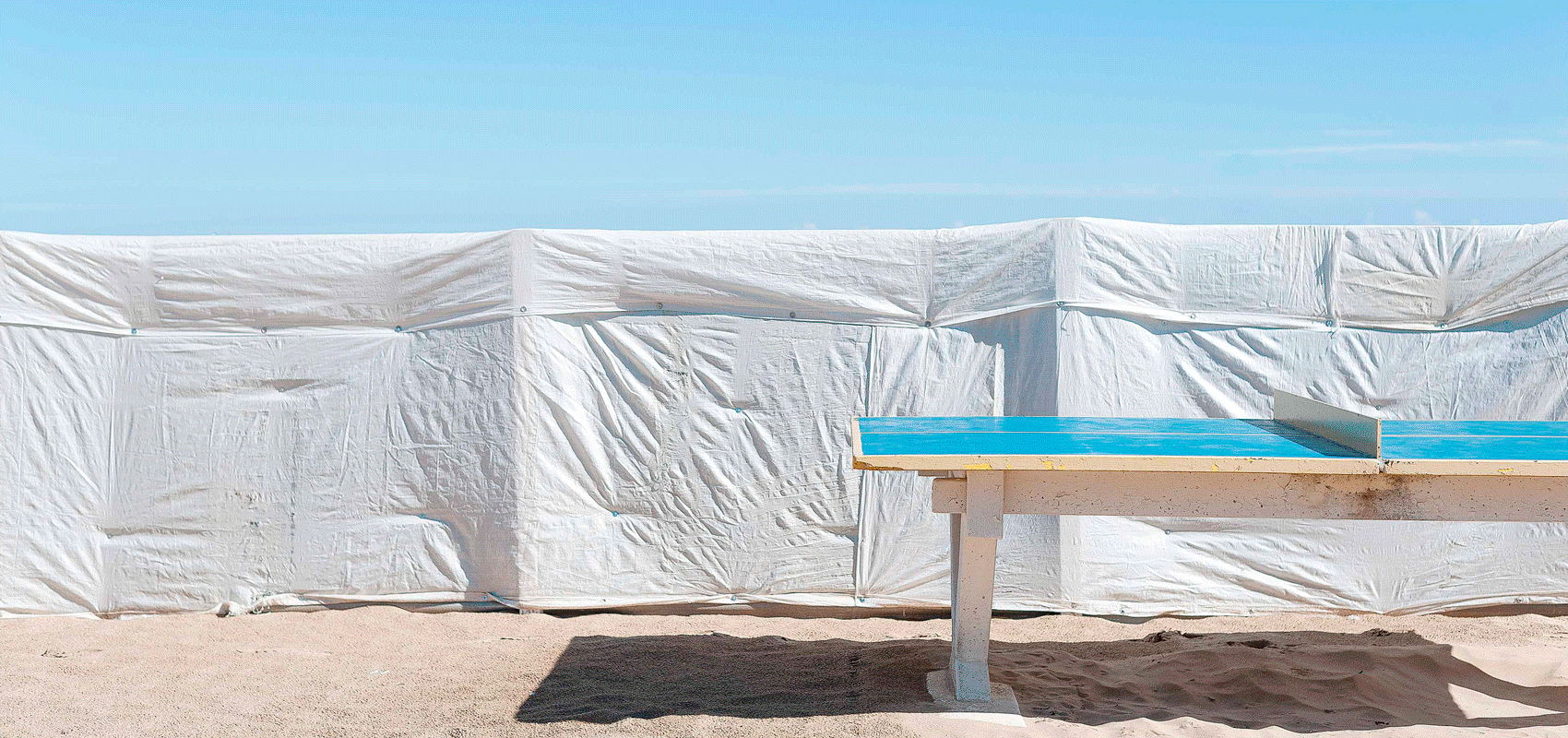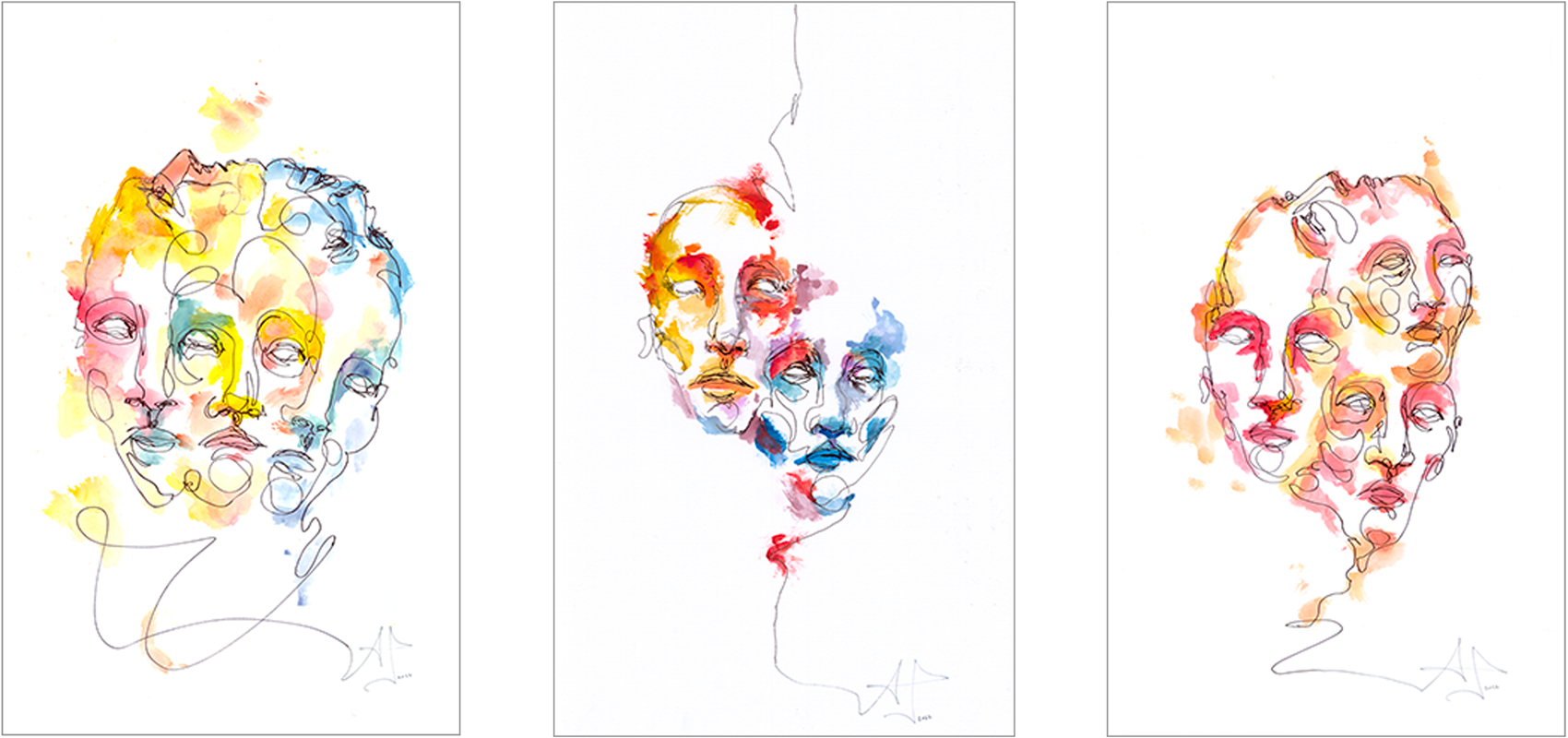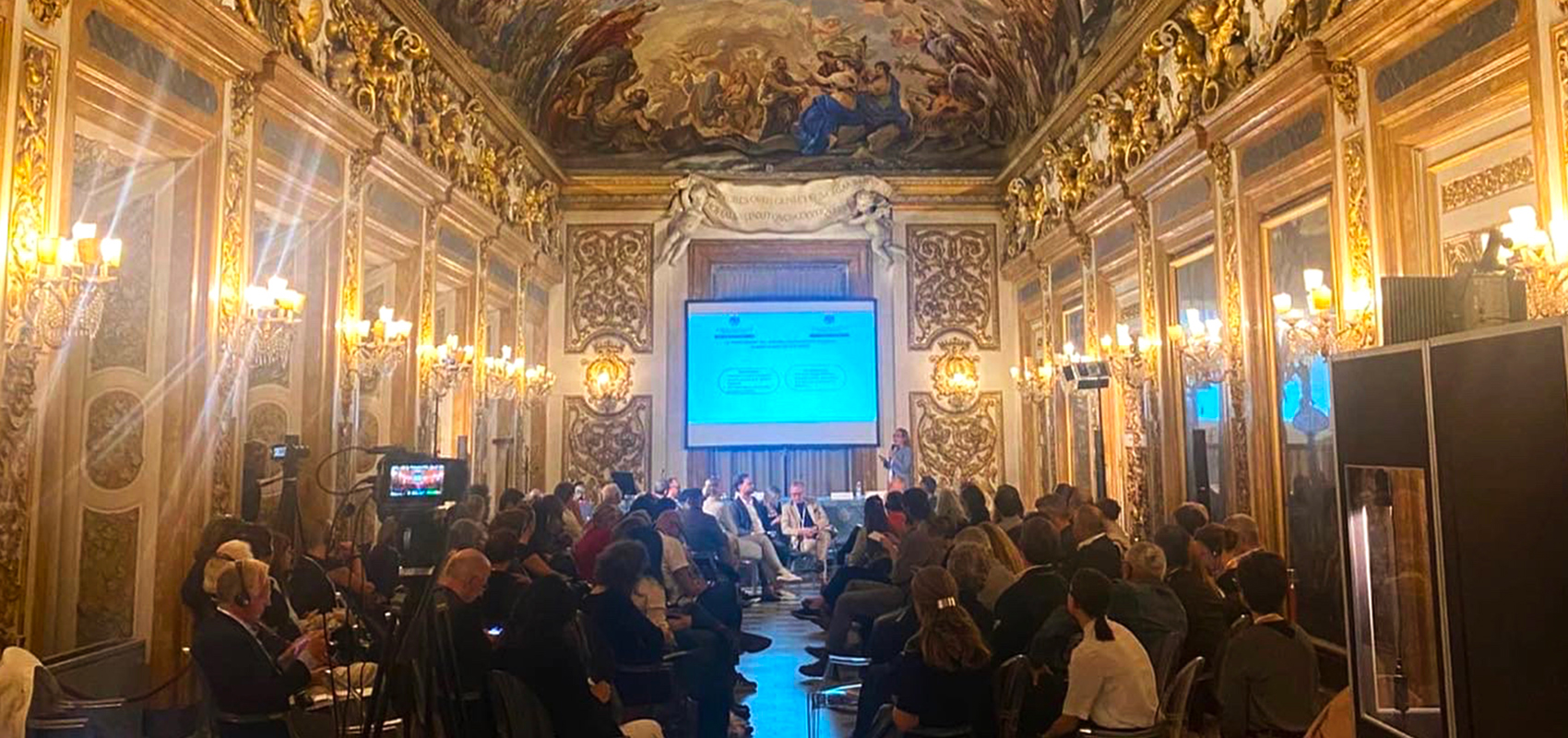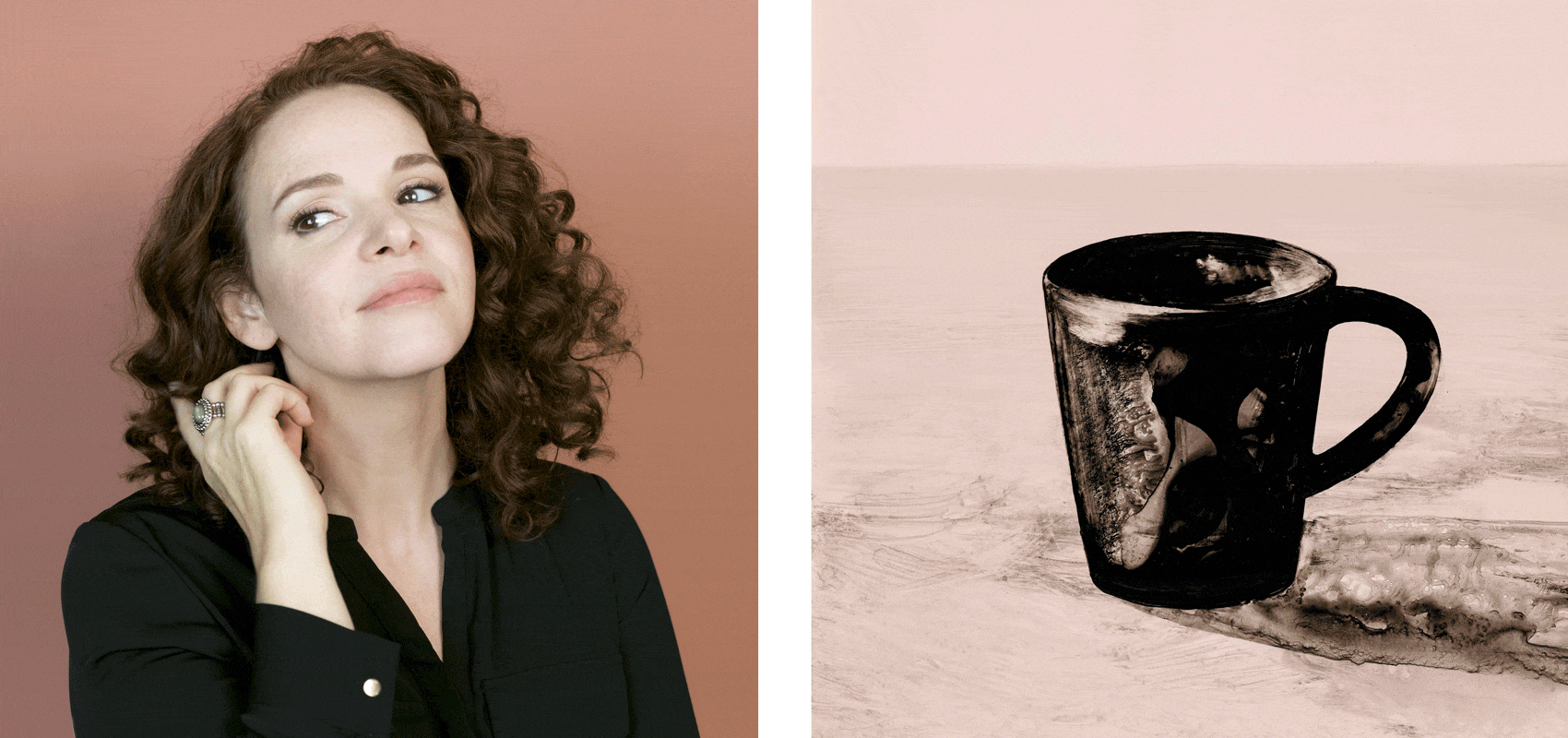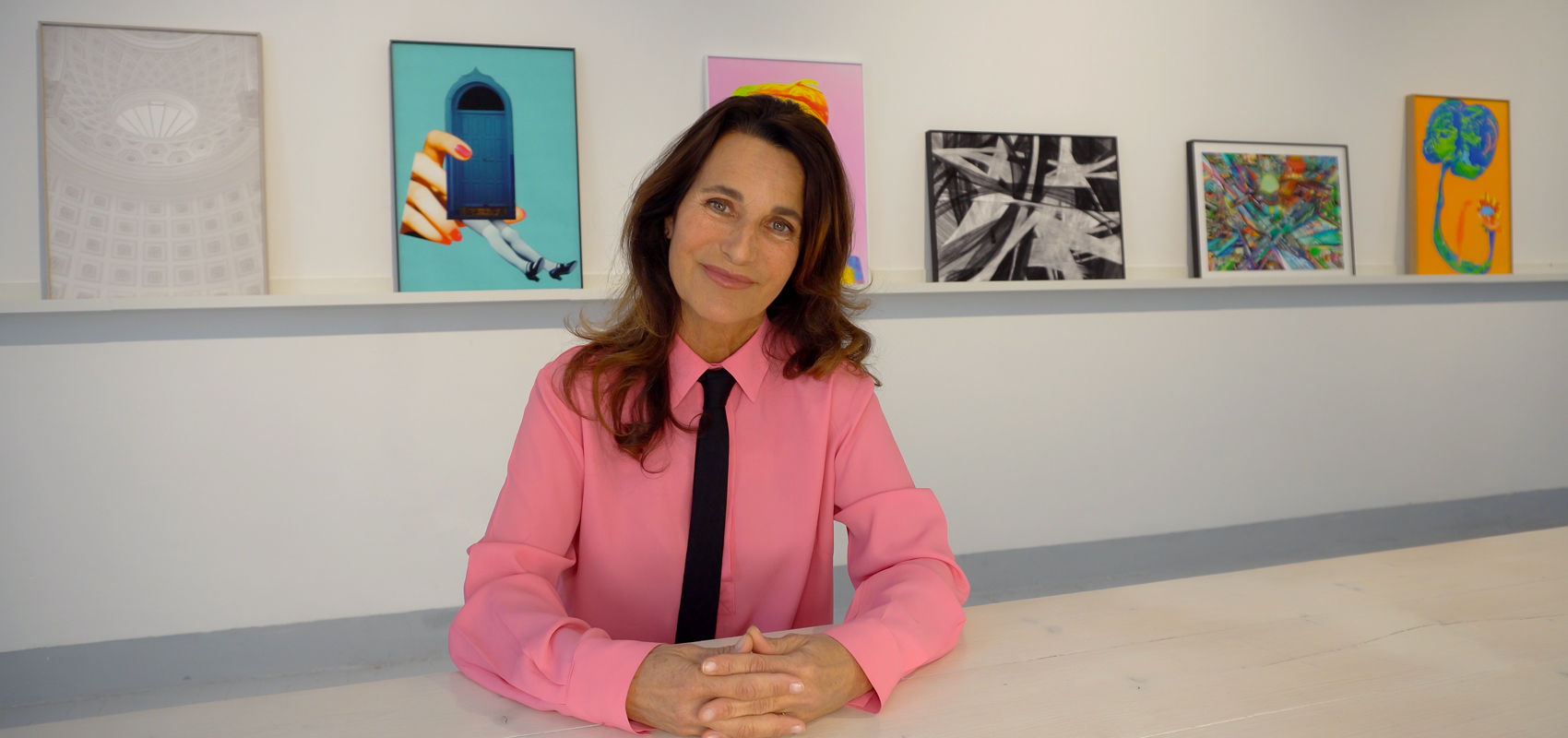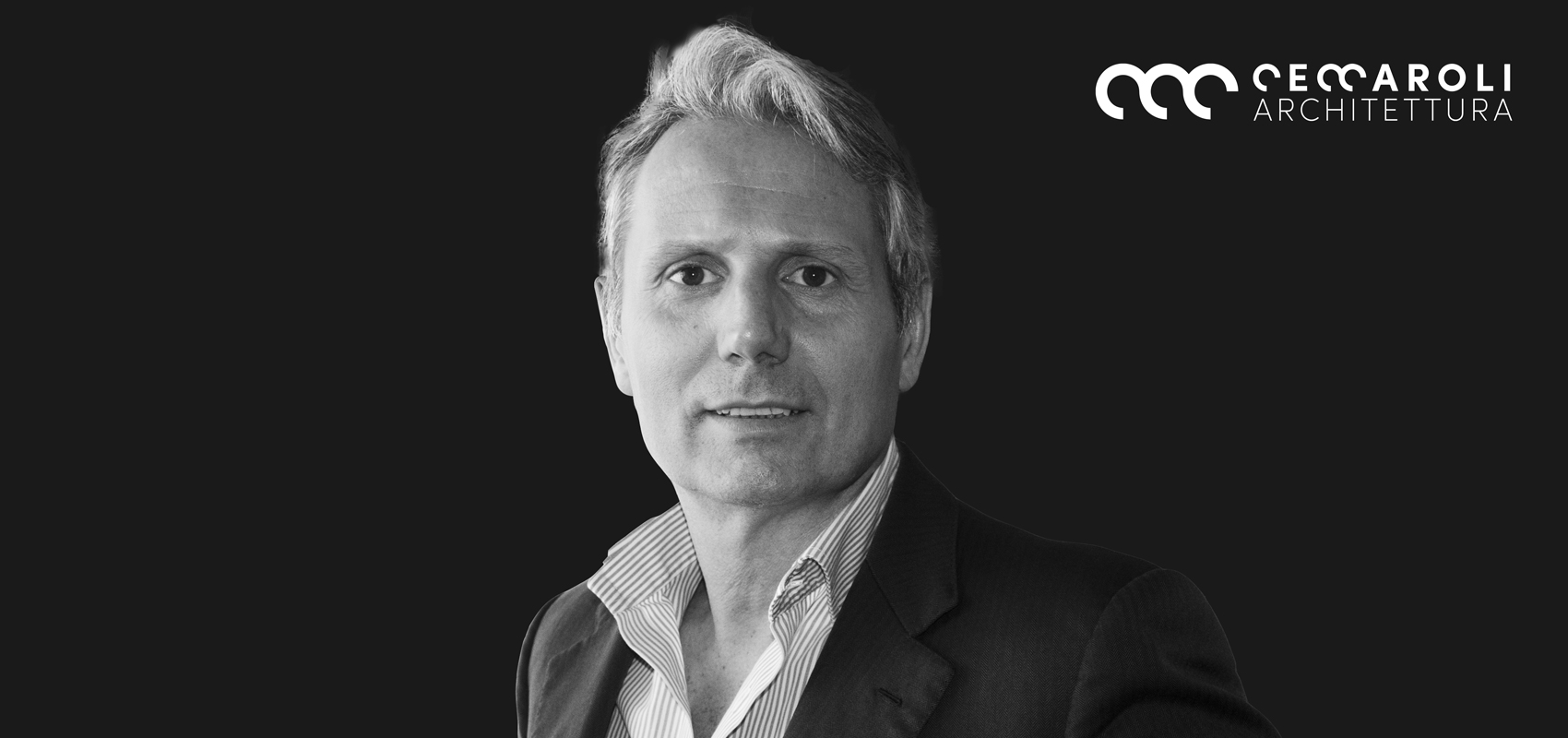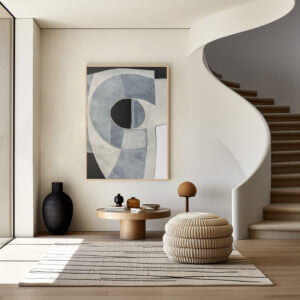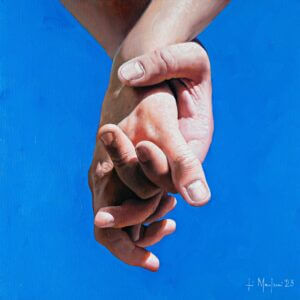Architecture is not only building, just like art is not only “museum stuff”. These two expressions of human creativity have always been intrinsically connected. We talk about this with the art historian Max Martelli.
Max, tell us briefly about the relationship between art and architecture in history.
This is obviously a very broad subject, but I will try and summarize it, starting with an example which I believe might have some common ground with the Cinquerosso Arte project. You offer consultancies to help architects integrate works of art in their projects, and this means that the work of art does not arrive last, to fill a void, it is part of the very idea of the space.
And of this deep interpenetration we have many examples coming from the past. Let us think about painters in Pompeii, who used to paint the houses creating the illusion of architectural space. Painting was not intended only to create simple decorations, it simulated architectural structures, thus modifying the perception of the spaces.
We find this kind of relation in later historical moments, too. After the long Byzantine period, where space and time disappeared in favour of icons, which could be considered as virtual prayers, Giotto comes along. I quote here the Presepe di Greccio, in Assisi, that shows us a scene happening beyond iconostasis. Giotto, in this work, takes us to the presbytery and shows us the back of the crucifix. He thus shows us an architectural space, three-dimensional, which would be otherwise hidden to the viewer. From Byzantine metaphysics we shift to a physical space.
From Giotto onwards, the space goes back to being depicted and, alongside this, the relationship between painting and architecture comes back to life. Let us think of Masaccio, who in the Trinity in Santa Maria Novella in Florence, shows us a body with almost an architectural perspective, contained in a foreshortened archway. I would also like to recall Antonello da Messina, in his Annunciata, paradoxically here architecture is not depicted yet felt: this work includes us, the viewer occupies the space where the angel is situated.
In the Renaissance we then have the figure of the painter-architect – Michelangelo, Bernini, Raffaello, Bramante – who was openly inspired by Roman art. In this period a technique called “quadrature” is re-discovered, which basically means to simulate architectures in which frescoes can be inserted. The Galleria Farnese by Annibale Carracci is all built around this system. It is interesting what happens during the second half of the 1400’s in the Veneto region, around Padova and Venezia, in the relationship between frame and painting. Let us think of Mantegna in the Pala di San Zeno di Verona, who inserts painting in a monumental frame: it is not therefore simply a container, but a proper architecture where characters are put on the scene. This subject is inherited by Bellini, who in several works replicates this approach with a strong architectural frame. He goes a step forward though and frees the characters from the architectural frame in order to make them independent, but the frame goes from being physical to being painted. In the Incoronazione della Vergine, currently in the Musei Civici di Pesaro, the frame is within a frame. Christ is represented in a wooden frame, sitting on the throne with Mary, and the back of the throne is itself a frame enclosing the representation of a landscape. It is an extraordinarily modern work of incredible impact, which I would define as revolutionary.
Are there any examples in the plastic arts?
Yes, several. There is one that seems to be particularly interesting, which is the Altare del Santo di Donatello, in Padova. It is a group of bronze statues with Mary and the Child in the centre, with some bas-relief tiles around them. These works were elaborated by Donatello (who had an architect mentality) for the inside of a specific structure, of which today we know nothing. To have lost this context hinders us from appreciating this work completely, because something is missing. So this is a clear example of a very tight relationship between art and architecture, which we recognize because of its absence. By the way, the altarpiece by Mantegna, aforementioned, which was created a few years later is considered a possible hypothetical model of reference for the virtual reconstruction of the Altare di Padova, as it seems that Mantegna took inspiration from it.
What about nowadays, where can we see art interact with architecture?
In more recent years, we may think of Art Nouveau and Art déco, where paintings were inserted into architectural elements. Nowadays we can think of street art: real artists realize works using parts of buildings and transfiguring them. A pipe, for example, becomes the stem of a flower and acquires, thanks to art, a new raison d’être.
What do you think of the Cinquerosso Arte project?
I just recently met Cinquerosso and what struck me was the ability to design, rather like the artists of the past we just mentioned, décor solutions through the integration of works of art with interior design and architecture of the spaces that the client wishes to personalize and therefore make unique and recognizable. It is a way of letting the spaces “speak”, to let them immediately convey the philosophy of a firm or a professional. The impact of the right piece of art, even if in the waiting room of a professional studio, is slightly underestimated, but slowly its importance in communication is being discovered, the ability of works of art to strike its viewers. The right painting, put in the right place, might become part of the success of a firm, or at least of its image in the face of the public.
I believe Cinquerosso has understood these potentials and decided to extend its offer by cultivating, in a modality which is up to date, the ancient relation between art and architecture. And this is also connected in a positive way to the project of Cinquerosso Arte, which allows young artists and their works to be promoted and introduced from the beginning in a professional circuit, thus leading them to potential clients. Many artists, or wannabes, might see this multiplication process of their creations, and their introduction in interior design, as a degrading factor of their creativity, but it is not like that. Suffice to think of what we just discussed about the ancient relationship between art and architecture.
